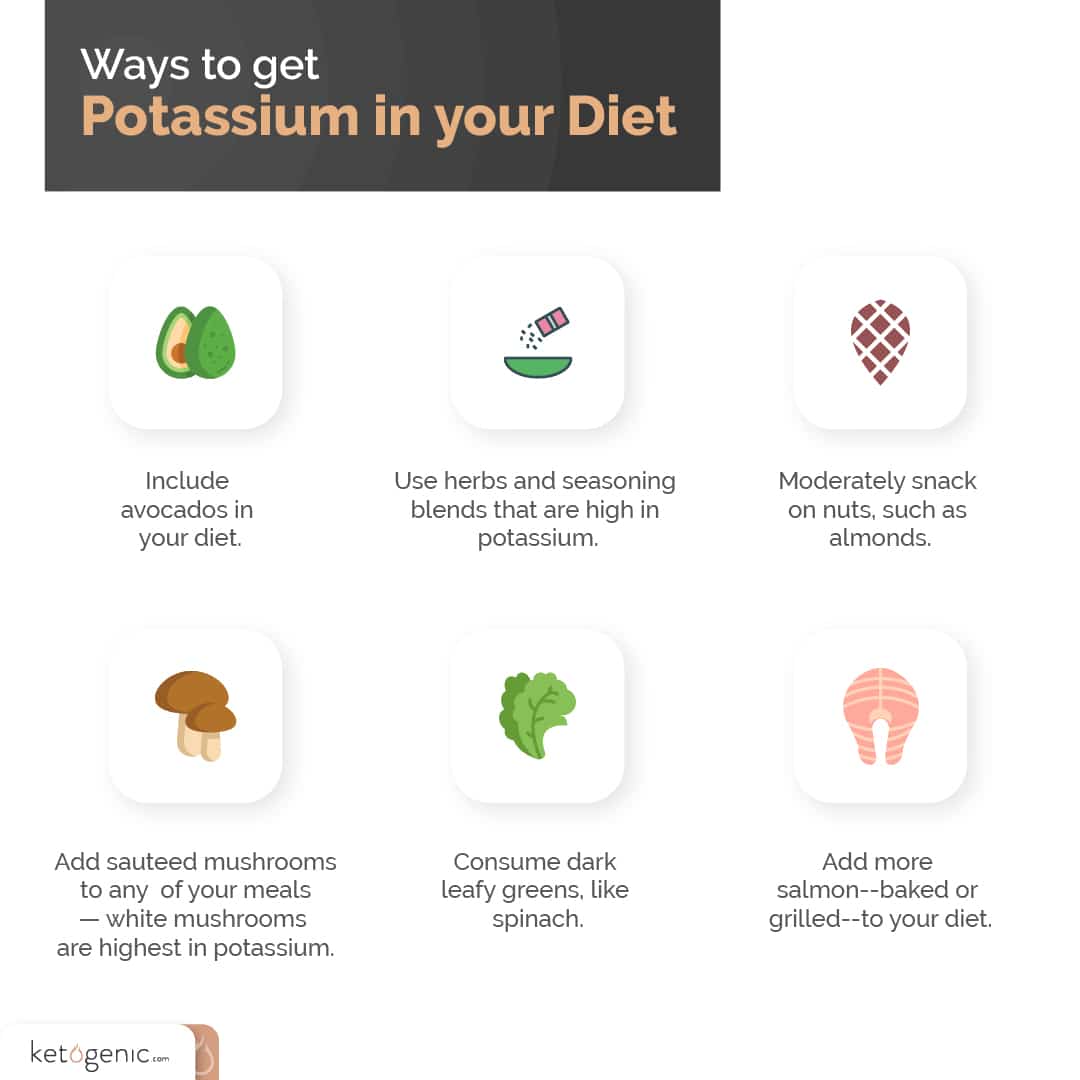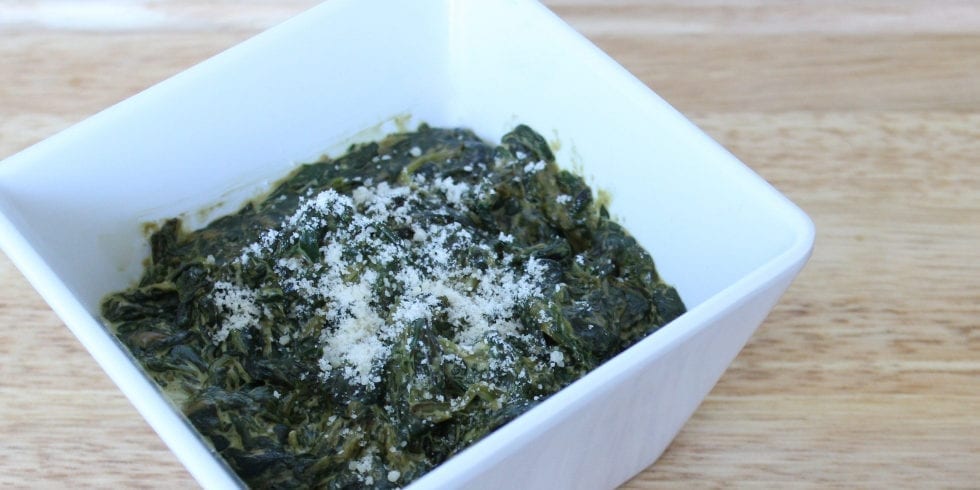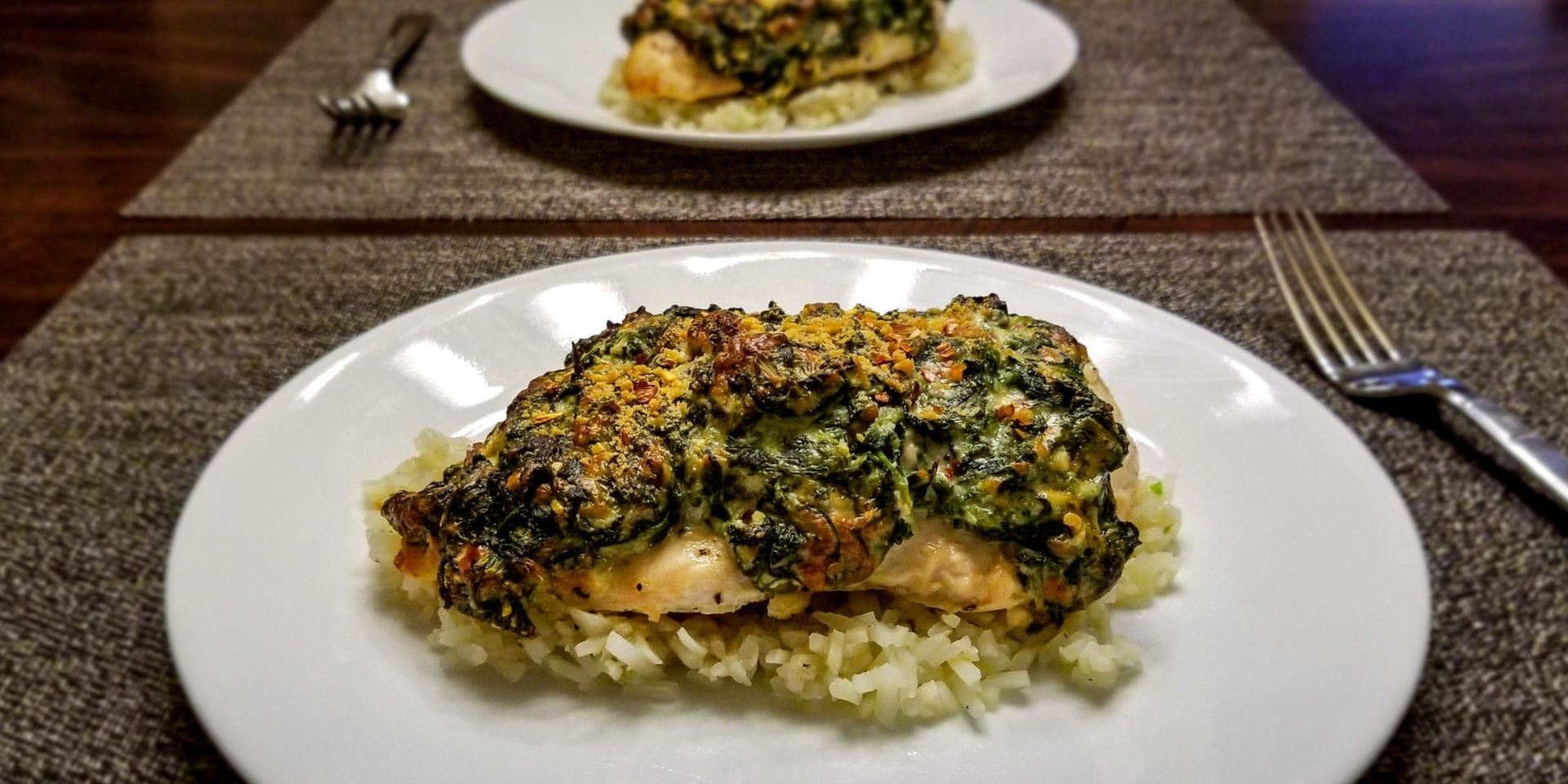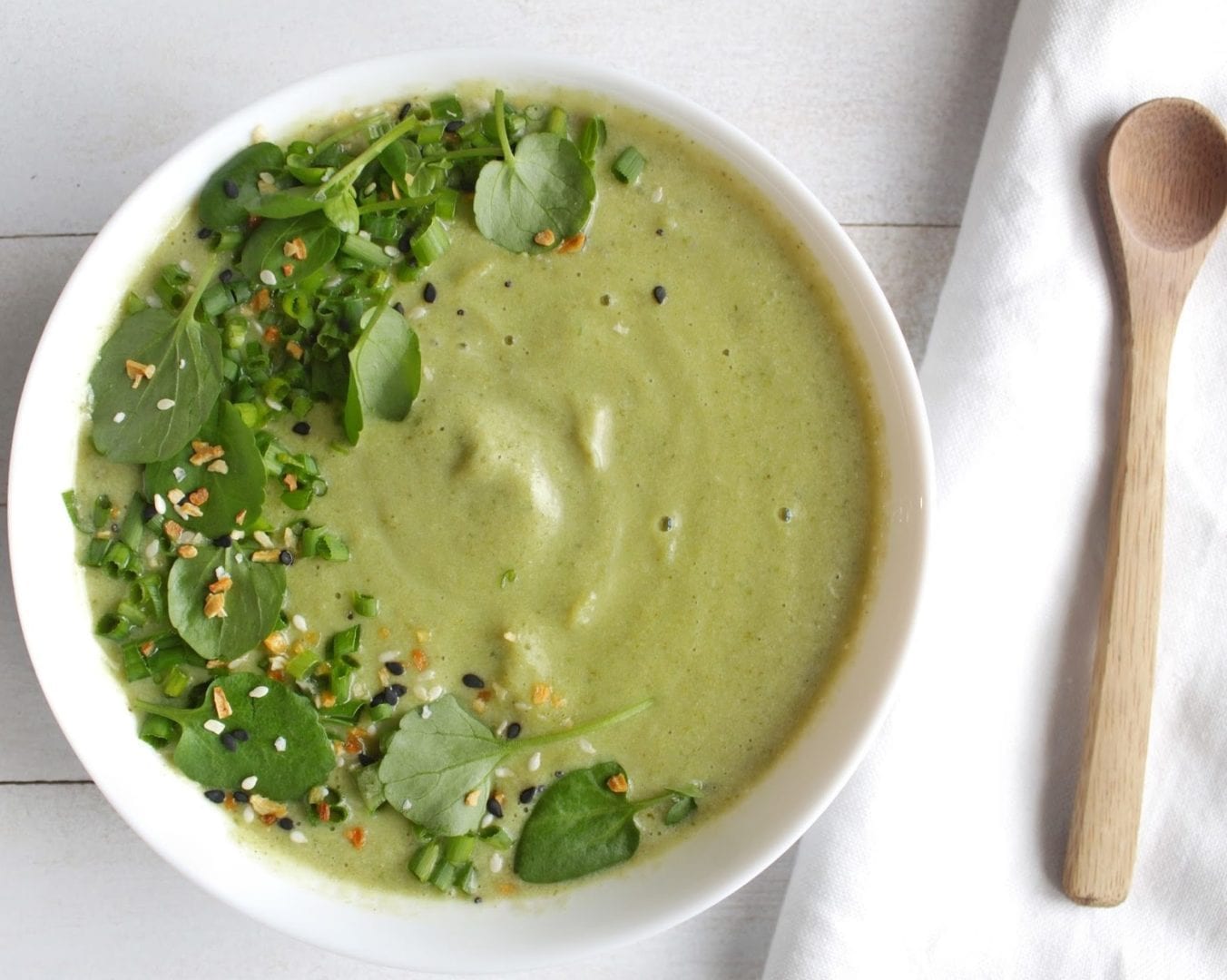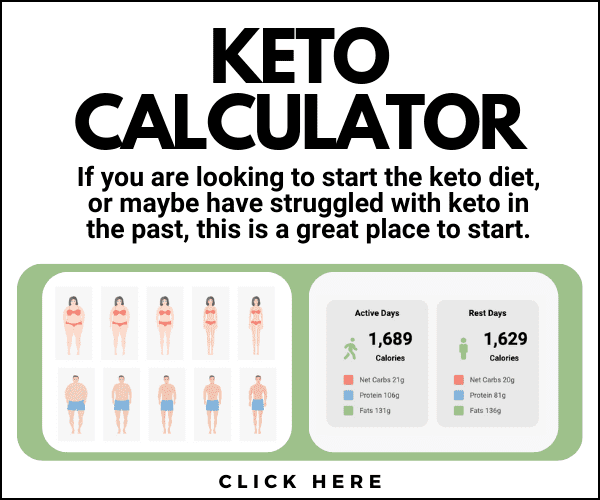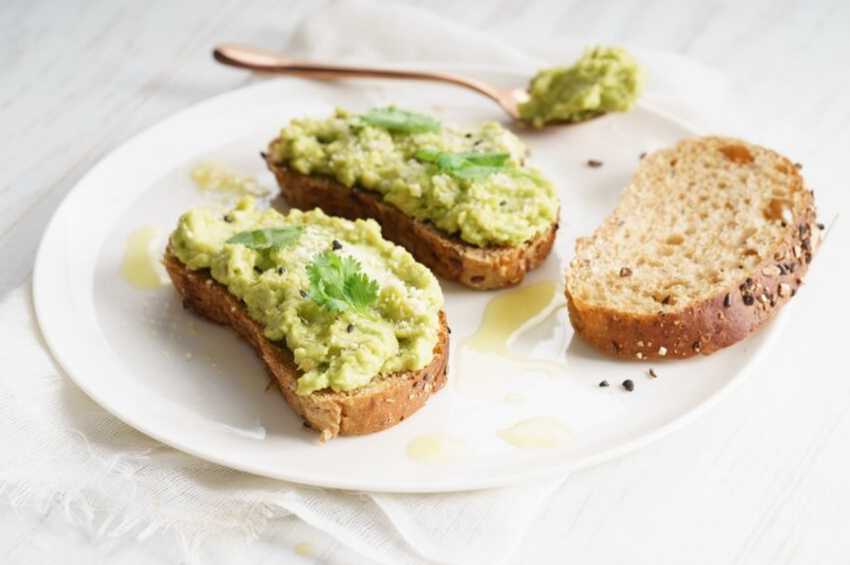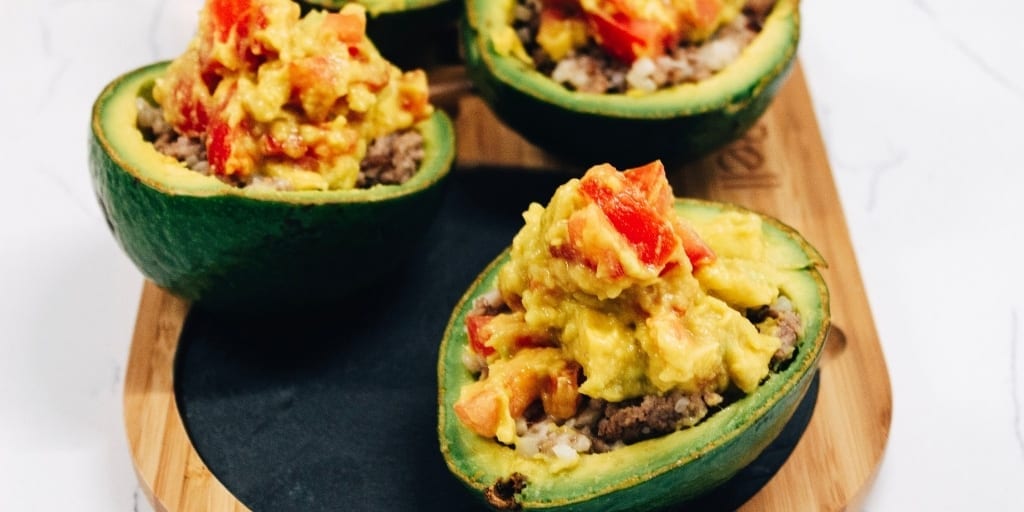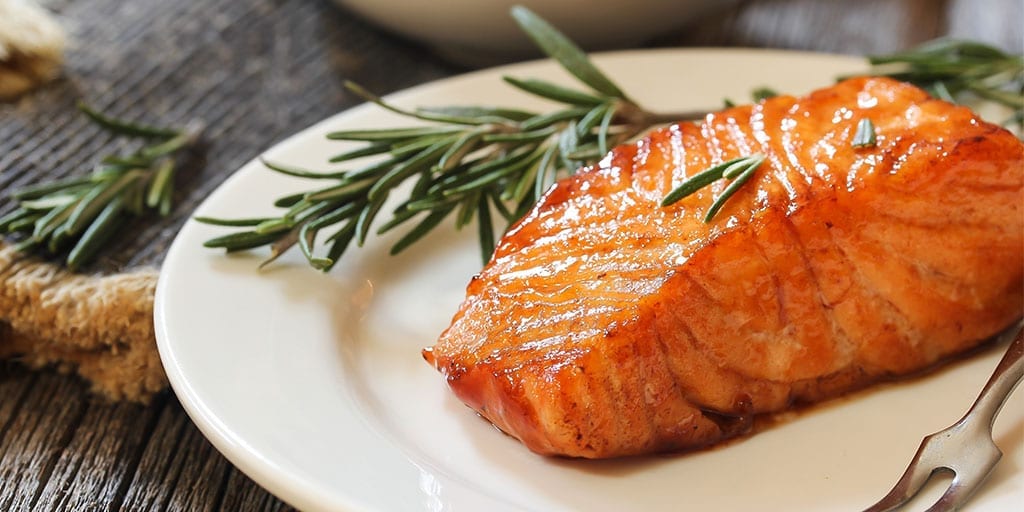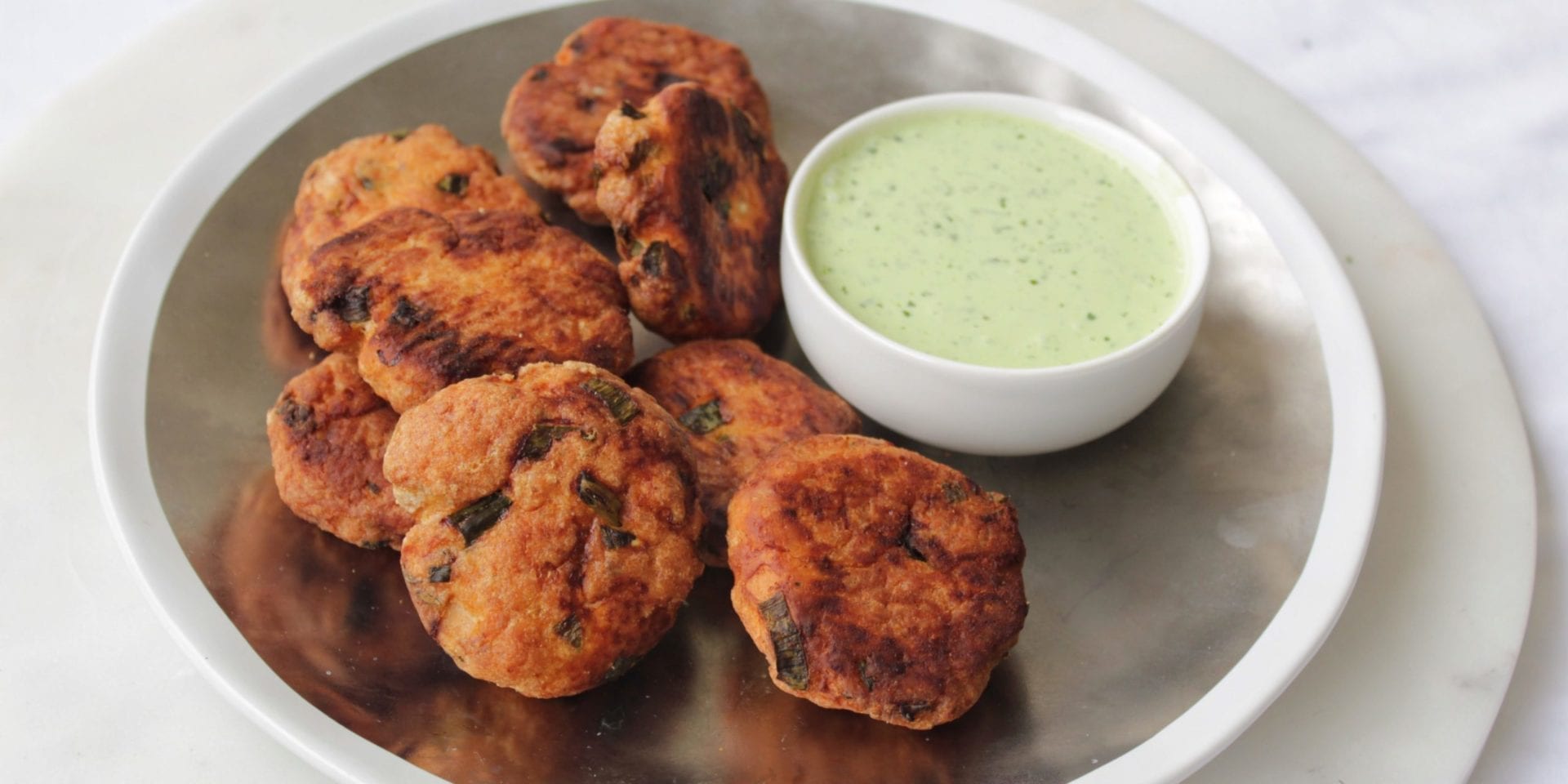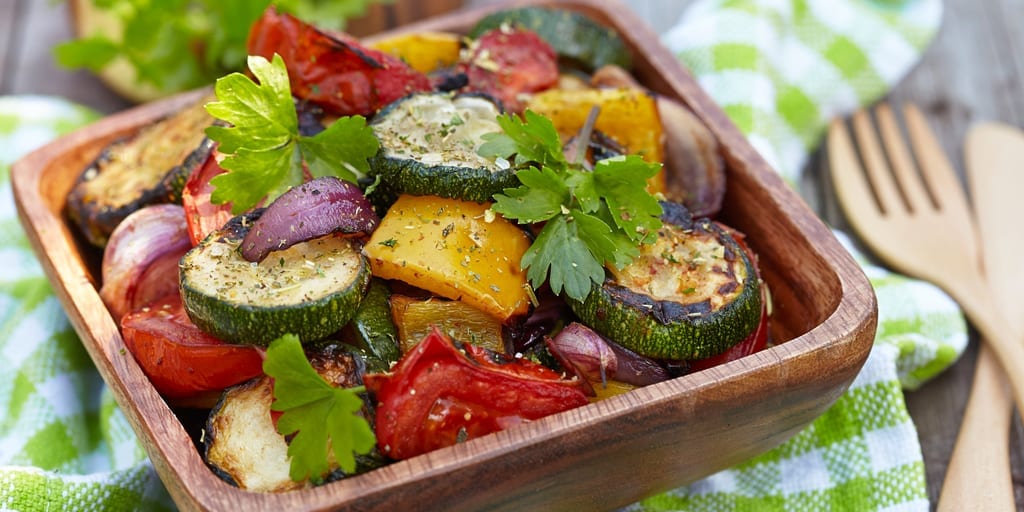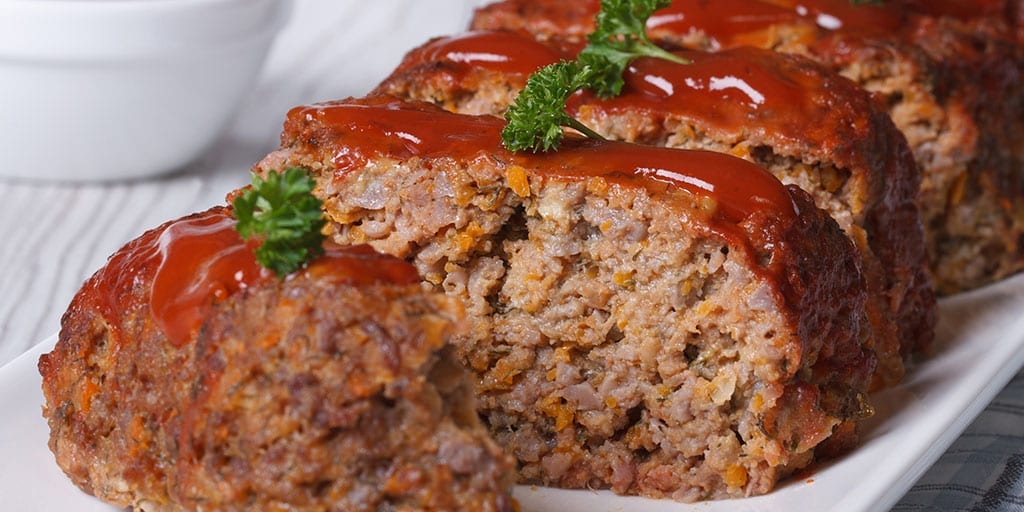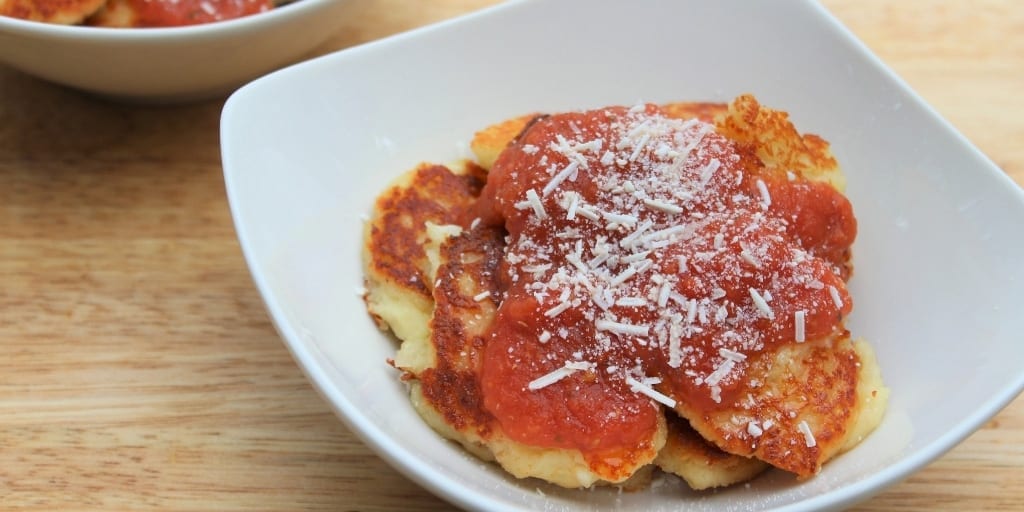Five Potassium Packed Foods to Try on Keto

Potassium assists with muscle contraction, nerve functioning, and more. Potassium is an important electrolyte that can be found in plenty of tasty foods on the keto diet.
Consuming adequate amounts of potassium can help prevent symptoms of the keto flu, like muscle cramps (and other side effects associated with potassium deficiency). Rather than dive right into potassium supplements, you can first try to increase levels of potassium through diet! Here are five potassium-rich keto-friendly foods you should know about! [1]
1. Spinach
Spinach is a highly nutritious leafy green vegetable. Just one cup (180 grams) of cooked spinach gives you 18% of the RDI for potassium [2]. Not only is spinach a keto-approved food, it also provides nearly four times the RDI for vitamin A, ten times the RDI for vitamin K, and more! Leafy green veggies like spinach are also packed with antioxidants [3].
Try a spinach salad or sautéed spinach! Add spinach to a baked chicken dish or a stir fry! You could also try one of these delicious keto recipes starring spinach:
- Keto Salmon Over Spinach Risotto
- Keto Spinach Frittata
- Spinach Dip
- Cheesy Spinach Stuffed Chicken
- Keto Spinach Zucchini Boats
- Keto Spinach Rolls
- Spinach Soup
2. Avocado
Avocados deliver a creamy, smooth, fatty texture and flavor and they’re a rich source of fiber, antioxidants, folate, and vitamin C, K, and B6. The nutrients in avocado are probably responsible for their positive effects on health [4] [5] [6].
Avocado has been shown to be beneficial for weight management, metabolic syndrome, and heart health.
The humble avocado is an excellent source of potassium and one medium-sized avocado provides 20% of the RDI [7].
From making a keto chocolate mousse to the power of holy guacamole, the culinary potential of avocado is diverse and impressive!
Try one of these avocadelicious recipes:
3. Salmon
Fatty fish isn’t just brimming with health-boosting omega-3 fats and protein, fish like salmon is also rich in potassium. Half a wild-caught salmon filet (around 187 grams) gives you 967mg of potassium, which is 18% of the RDI [8].
Did you know a diet rich in fatty fish has been associated with a plethora of health benefits, including a decreased risk of heart disease? [9] [10] [11]
Try these tasty keto salmon recipes:
4. Tomatoes!
You’ll be happy to know the juicy, flavorful tomato is full of potassium. This includes tomato sauce and tomato products! One cup (244 grams) of tomato sauce provides 17% of the RDI for potassium [12].
Tomatoes also have vitamins E, B6, A, and C, and copper! They also contain plant compounds like lycopene that might help reduce inflammation and the risk of prostate cancer [13] [14].
Most renowned for its transformation into ketchup, the infamous tomato is actually a low-carb fruit that works well in salads, soups, pasta dishes, and beyond.
5. Clams
Just 100-grams (3,5 ounces) of clams gives you 18% of the RDI for potassium. Clams are also rich in other nutrients like selenium, iron, and vitamin B12! [15]
Clams are also high in protein and healthy omega-3 fats. These tasty little shellfish can also be advantageous for your health. Clams are linked to a reduction in inflammation and related diseases [16] [17].
Clams pair well with a greens salad or a keto pasta dish like these alfredo zoodles.
What’s Your Favorite Potassium Rich Keto Foods?
Comment below and share your favorite potassium packed dishes or recipes on keto!
References
Self Nutrition Data. Foods Highest in Potassium.
Self Nutrition Data. Spinach, Cooked, Boiled, Drained, Without Salt.
Moser, B., Szekeres, T., Bieglmayer, C., Wagner, K-H., Misik, M., Kundi, M., Zakerska, O., Nersesyan, A., Kager, N., Zahrl, J., Hoelzl, C., Ehrlich, V., & Knasmueller, S. (2011). Impact of spinach consumption on DNA stability in peripheral lymphocytes and on biochemical blood parameters: Results of a human intervention trial. European Journal of Nutrition, 50(7), 587-594.
Self Nutrition Data. Avocados, Raw, California.
Dabas, D., Shegog, R. M., Ziegler, G. R., & Lambert, J. D. (2013). Avocado (Persea americana) seed as a source of bioactive phytochemicals. Curr Pharm DES, 19(34), 6133-6140.
Dreher, M. L., & Davenport, A. J. (2013). Hass avocado composition and potential health effects. Critical Reviews in Food and Science Nutrition, 53(7), 738-750.
Fulgoni 3rd, V. L., Dreher, M., & Davenport, A. J. (2013). Avocado consumption is associated with better diet quality and nutrient intake, and lower metabolic syndrome risk in US adults: Results from the National Health and Nutrition Examination Survey (NHANES) 2001-2008.
Self Nutrition Data. Fish, Salmon, Atlantic, Wild, Cooked, Dry Heat.
Virtanen, J. K., Mozaffarian, D., Chiuve, S. E., & Rimm, E. B. (2008). Fish consumption and risk of major chronic disease in men. American Journal of Clinical Nutrition, 88(6), 1618-1625.
Zhang, J., Wang, C., Li, L., Man, Q., Song, P., Meng, L., Du, Z. Z., & Froyland, L. (2010). Inclusion of Atlantic salmon in the Chinese diet reduces cardiovascular disease risk markers in dyslipidemic adult men. Nutrition Research, 30(7), 447-454.
Zheng, J., Huang, T., Hu, X., Yang, B., & Li, D. (2012). Fish consumption and CHD mortality: An updated meta-analysis of seventeen cohort studies. Public Health Nutrition, 15(4), 725-737.
Self Nutrition Data. Tomato Sauce, No Added Salt.
Chen, J., Song, Y., & Zhang, L. (2013). Lycopene/tomato consumption and the risk of prostate cancer: A systematic review and meta-analysis of prospective studies. Journal of Nutritional Science and Vitaminology, 59(3), 213-223.
Raiola, A., Rigano, M. M., Calafiore, R., Frusciante, L., & Barone, A. (2014). Enhancing the health-promoting effects of tomato fruit for biofortified food. Mediators of Inflammation.
Self Nutrition Data. Mollusks, Clam, Mixed Species, Cooked, Moist Heat.
Calder, P. C. (2015). Marine omega-3 fatty acids and inflammatory processes: Effects, mechanisms, and clinical relevance. Biochimica et Biophysica Acta, 1851(4), 469-484.
Swanson, D., Block, R., & Mousa, S. A. (2012). Omega-3 fatty acids EPA and DHA: Health benefits throughout life. Advances in Nutrition, 3(1), 1-7.


